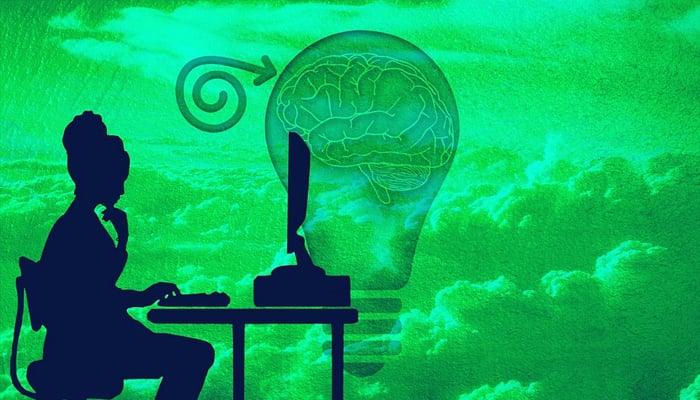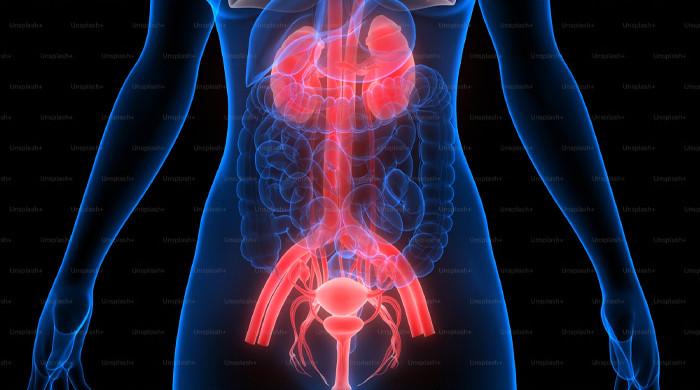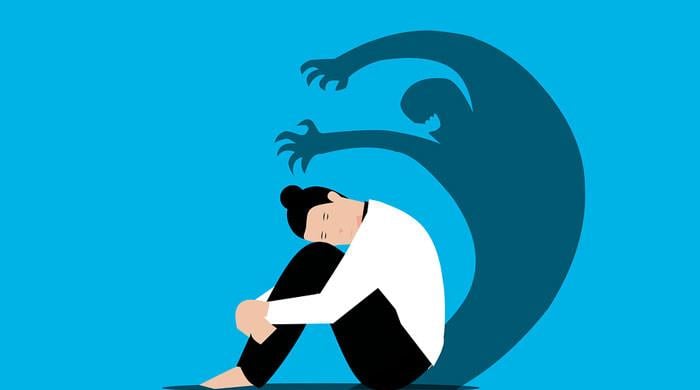Signs you might have ADHD: Everything you need to know
ADHD is quite a prevalent disorder amongst individuals and here is what you need to know
April 06, 2024

Understanding ADHD:
Attention-Deficit/Hyperactivity Disorder also commonly known as ADHD, is a neurodevelopmental disorder characterized by persistent patterns of inattention, hyperactivity, as well as impulsivity.
It affects both children and adults and affects various aspects of daily life.
Symptoms and Types:
ADHD symptoms usually start showing during childhood ages and can continue into adulthood.
Inattention symptoms include difficulty focusing, forgetfulness, and disorganization.
Hyperactivity symptoms involve excessive movement, restlessness, and difficulty staying seated.
Impulsivity symptoms are marked when a person acts without thinking, interrupts others, and takes uncalculated risks.
Causes and Risk Factors:
The exact cause of ADHD is not completely discovered yet, but genetics, brain structure, and environmental factors are believed to play significant roles, according to different researches.
Other factors such as prenatal exposure to toxins, premature birth, and maternal smoking may increase the risk of developing ADHD.
Diagnosis and Treatment:
Diagnosing ADHD involves a series of evaluations conducted by healthcare professionals, who consider medical history, behavioral observations, and conduct standardized assessments.
ADHD can be treated by opting for a combination of medications prescribed by a doctor, behavioral therapy, and educational interventions which would cater to every individual’s needs.
Managing ADHD:
This disorder can easily be managed through strategies based on improving focus, organization, and impulse control.
Living with ADHD:
While living with ADHD may be hard to accept but it is possible for individuals to lead fulfilling lives with proper support and management strategies to tackle with daily life challenges.
Individuals with ADHD can be made into empowered and self-sufficient individuals if society embraces neurodiversity and provides inclusive environments to people going through this disorder.











